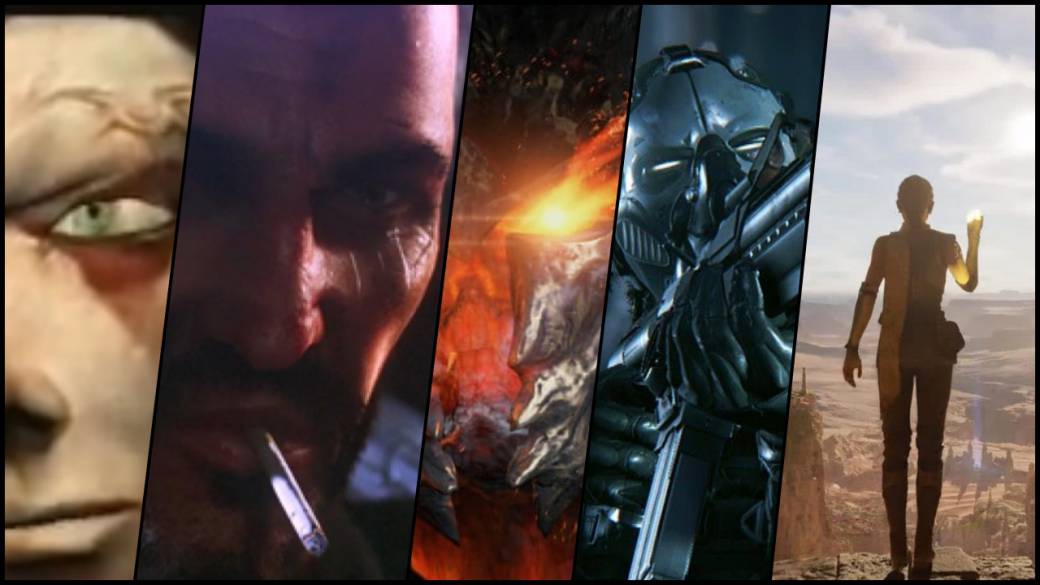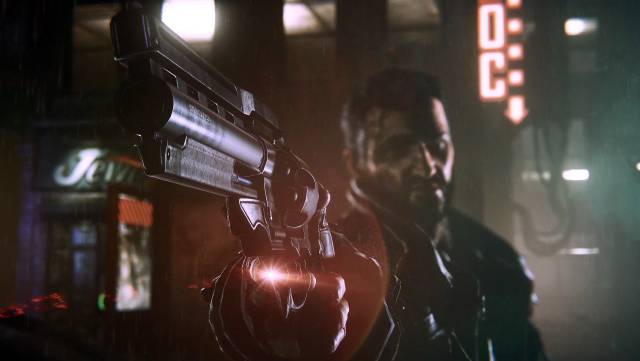
We review how the different technical demonstrations with which Epic has sought to convince studies from around the world have evolved
There have been many graphics engine techniques and of very different kinds. After all, what we call “engine” is not a unified program with which games are made, but a set of diverse tools designed to work with each other and with great flexibility to incorporate other pieces according to the needs of each study. There are demos that focus only on very specific aspects and that have a more professional interest, but others reach great media popularity, especially when they illustrate generational console changes. Some companies have released well-known technical demos over the years, such as Square Enix's ill-fated Luminous Engine, which gave us long teeth with a technical demo of an interesting “Final Fantasy” created for the occasions. Also Crytek or even Unity have offered spectacular demonstrations, but it is Epic and its Unreal Engine that tend to take more prominence and be present in each transition to the new generation.
A walk in time
We have already seen our first introduction to the new generation with a demo of the next Unreal Engine 5 running in real time on PS5, in what is considered – along with what was shown in Hellblade 2 – as the first tangible glimpse of what the new machines may offer. But before that there are some other iconic demos that were also news in their day and that set the expectations of what we would find in later years. For example, the exact equivalent of the demo that we have seen recently, would be the so-called "Elemental Demo", the first time we saw a PS4 running in real time, in what was a somewhat decaffeinated version (without global illumination) of a Unreal Engine 4 demonstration showing the environmental, light, fluid and particle facets that we would see this generation. Is it appropriate with what we have seen in recent years? You have to understand that the demos serve to illustrate specific elements and possible technical facets, it does not mean that all the games with Unreal Engine are going to look the same or are going to abuse the particles like that particular demo did.

Samaritan, Unreal Engine 3
The fourth iteration of the Unreal Engine has been particularly prolific in technical demos, which corresponds to one of the most important stages of an engine that continues to extend thanks to its versatility and the very advantageous conditions that Epic offers to large and small studios. During these years we have enjoyed Infiltrator, a spectacular demo seen at the 2013 GDC designed to showcase the engine's kinematic and rendering capabilities. One factor to understand is that although the Unreal Engine is associated with video games, Epic is also making significant inroads into the world of film and television. Both Rogue One and Finding Dory use the Unreal Engine in different facets, and it is public and notorious that in The Mandalorian the Epic engine has been used to create what are called “virtual scenarios”. The photorealistic demo also stands out, with several impressive interiors. Or the one focused on chaotic physics and destruction, in which you can see wicks devastating a city in a really realistic way.
Glancing back, we found iconic demos like the so-called "Samaritan", shown in 2011 as a presentation of Unreal Engine 3 and that made many of us dream of a cyberpunk game by Epic for a few years. Despite the 9 years that have passed since then, the demo is still tremendously enjoyable thanks to the personality that the protagonist gave off and the attractiveness of the futuristic world around him, a good combination of graphic power and artistic talent that made some of the facets of the engine (tessellation, delayed rendering, the famous bokeh that we had time to tire of due to its use and abuse in games and movies … =). It is still one of the most iconic technical demos of the companies.
Less media, but perhaps more important is the first public demo of Unreal Engine 3, a key moment in the history of Epic and where we find the first creative, technical and artistic sketches of Gears of War. Going forward in time we already find less documented and media demos but key in the evolution of the company, such as the Unreal Engine 2 demo, when Epic company exponentially expanded its customer portfolio, being the engine of choice for all Splinter Cells in the era or games as influential as Bioshock -in addition to the ever-remembered Unreal Tournament-. And, of course, there is the first technical demonstration of the game that would put Epic Megagames as the competition of the then incontestable id Software: Unreal, starting an era of healthy rivalry between the teams of John Carmack and Tim Sweeney to see which engine was advancing more and better. in technical facets. Today there is no longer that direct rivalry and both companies have followed very different paths, but it is clear that there are still episodes of technical conquests to be written in the future.

